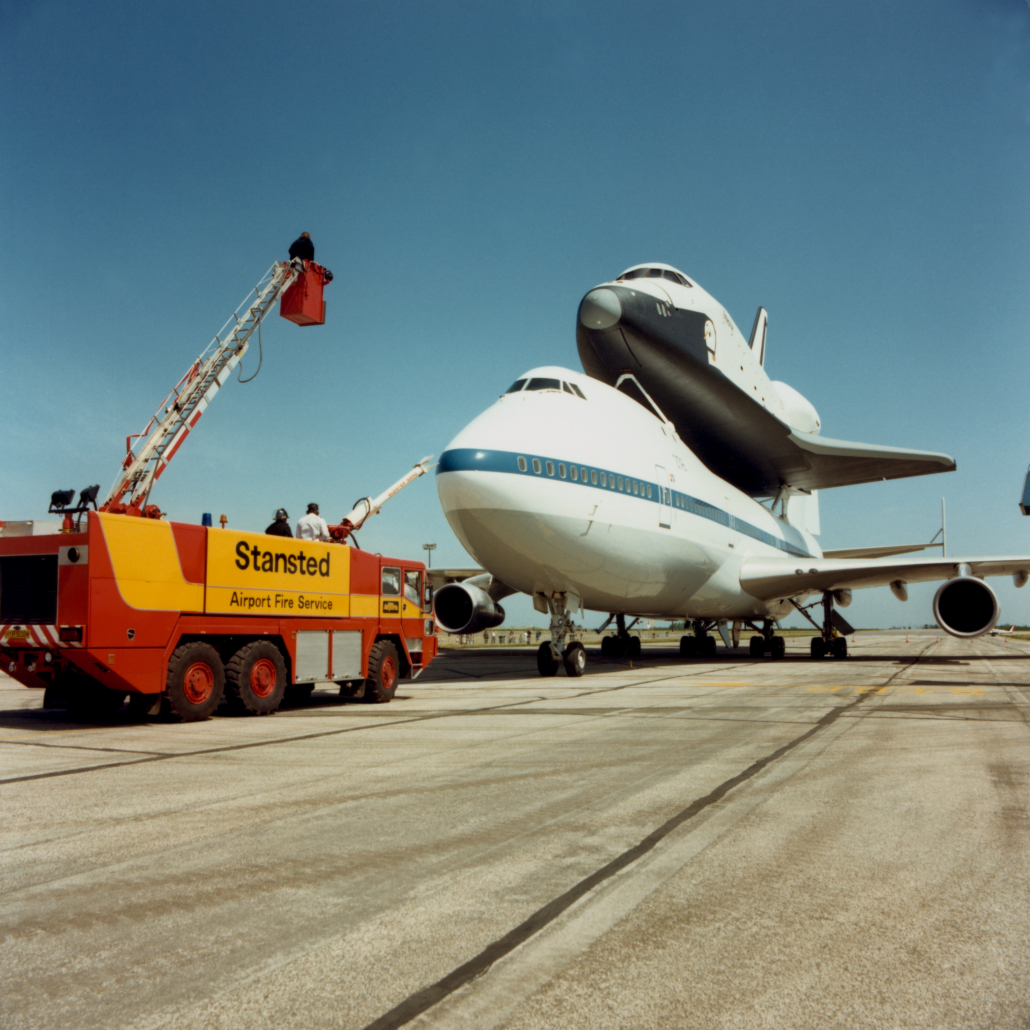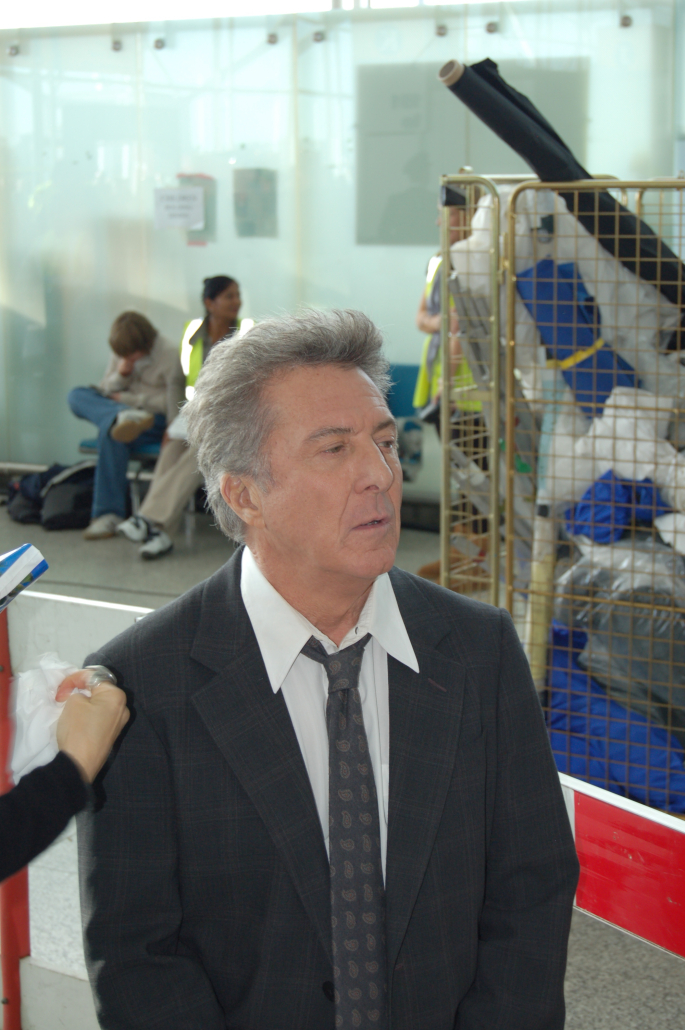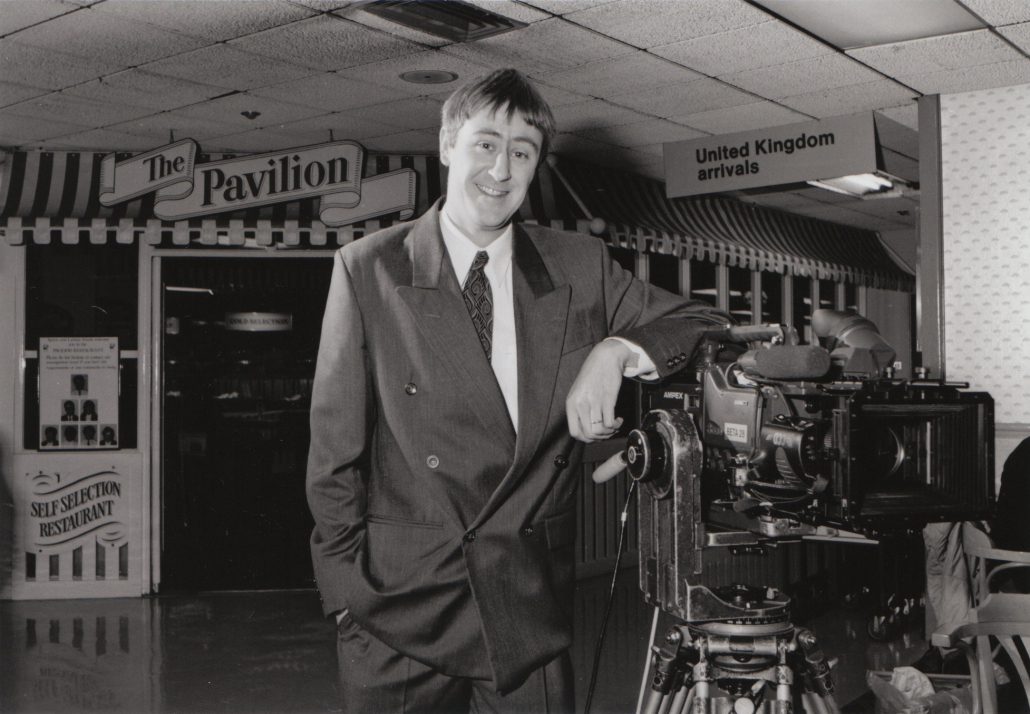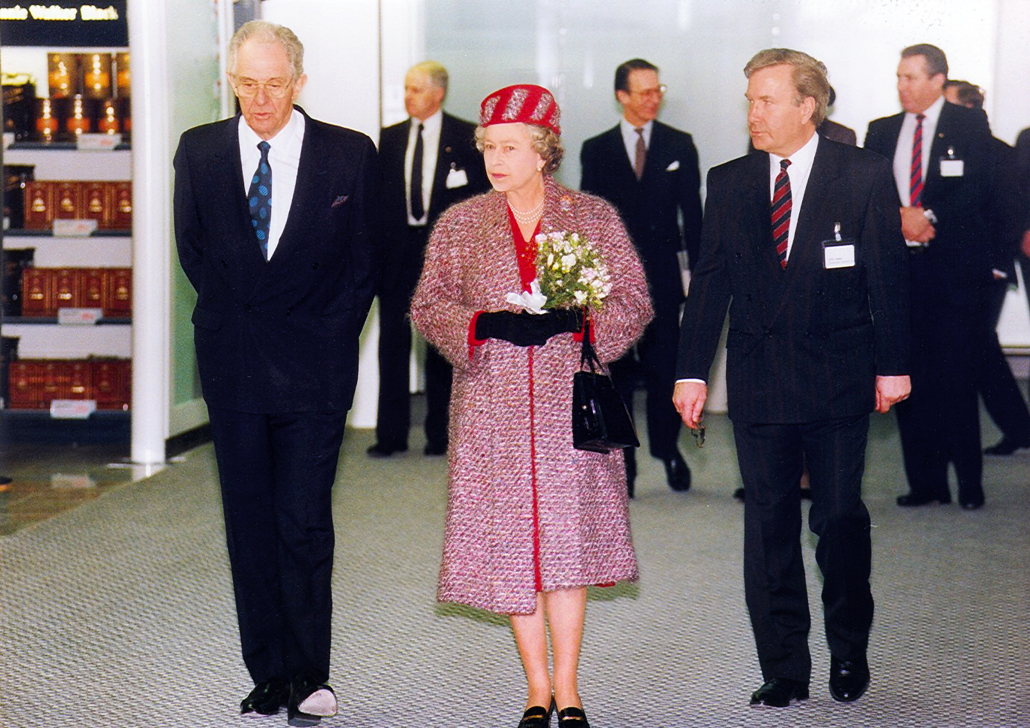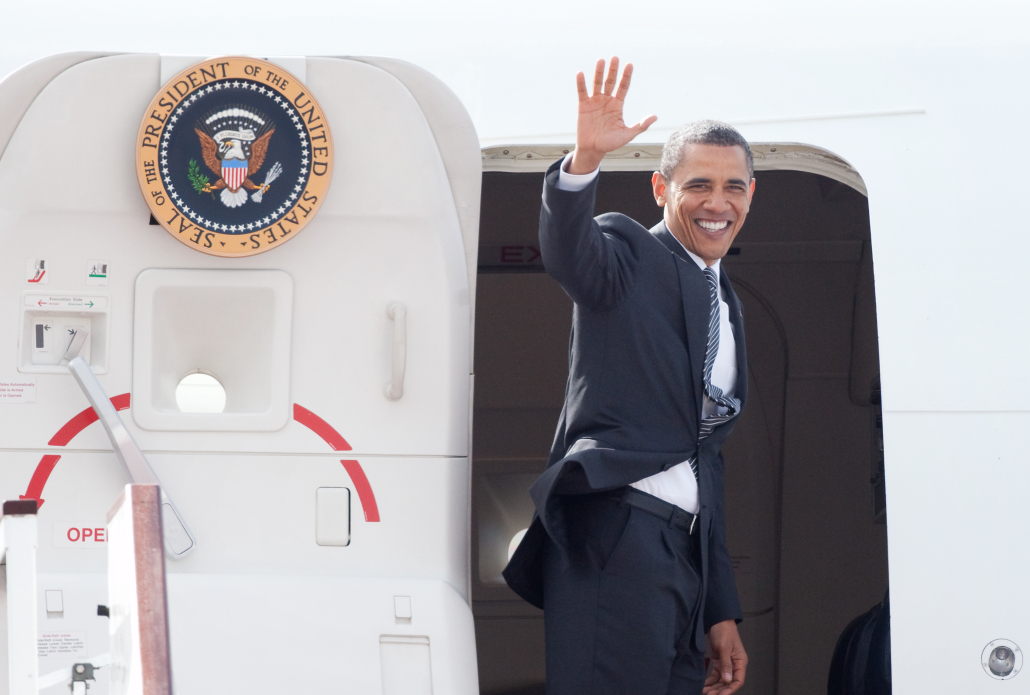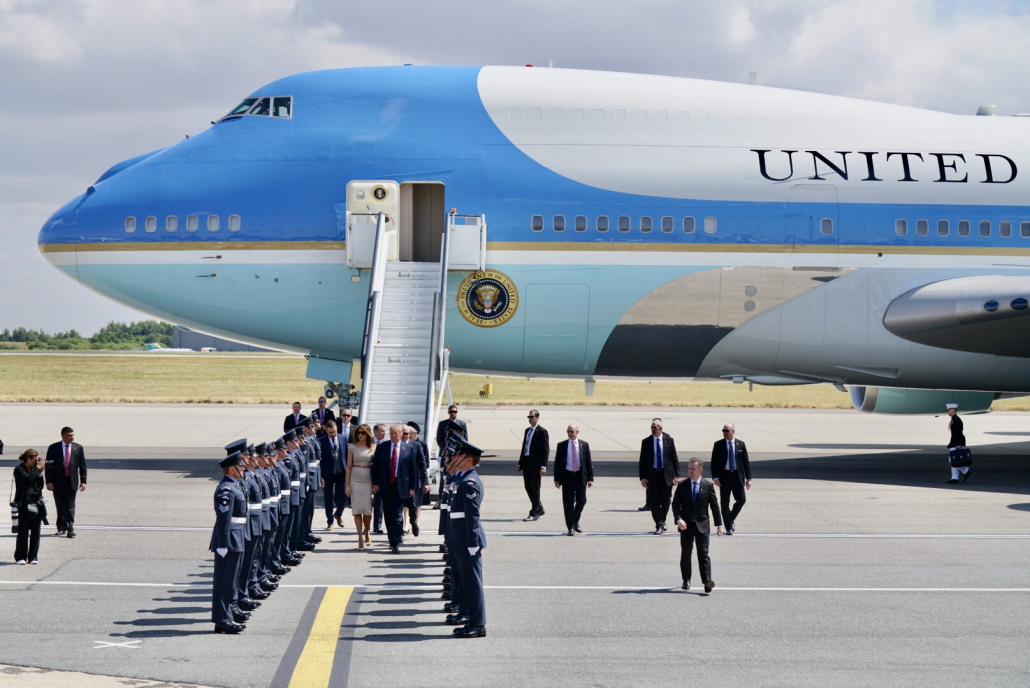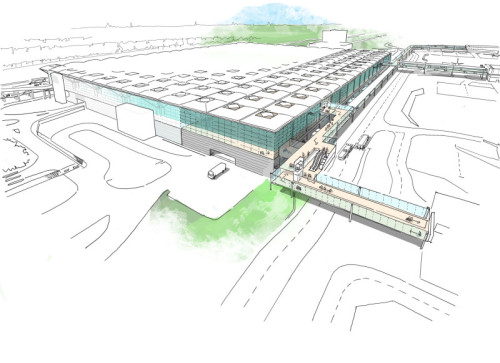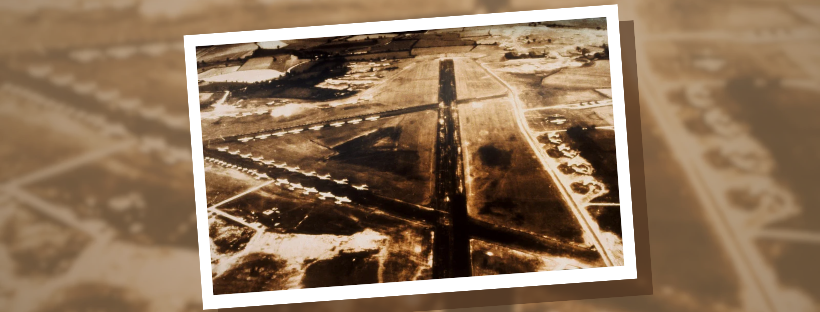London Stansted marks 80 years of pioneering aviation legacy, connecting business travellers to the world
London Stansted Airport is celebrating the remarkable 80-year milestone of its runway, a testament to its enduring history, dating back to its time as a US Air Force airfield in World War II.
Originally christened as George Washington Field, the airfield took flight in 1943 and quickly evolved into a vital asset in the war effort. Emerging as the 9th largest U.S. Air Force base in East Anglia, the site provided a strategic home to four B-26 Marauder squadrons hailing from the illustrious 344th Bomb Group, famously dubbed the ‘Silver Streaks’.
While its complete operational readiness was achieved in the summer of 1943, the runway saw its first unexpected guest on February 26, 1943, as a battle-scarred RAF Short Sterling bomber executed an emergency landing following an intense air raid mission.
The ‘Silver Streaks’ soared to heroic heights on D-Day, leading a fleet of 600 aircraft over the shores of France and earning the esteemed Distinguished Unit Citation for their valiant efforts.
Throughout its tenure, the airfield orchestrated a remarkable 140 missions under the banner of the bomb group before making its transition to France at the close of 1944.
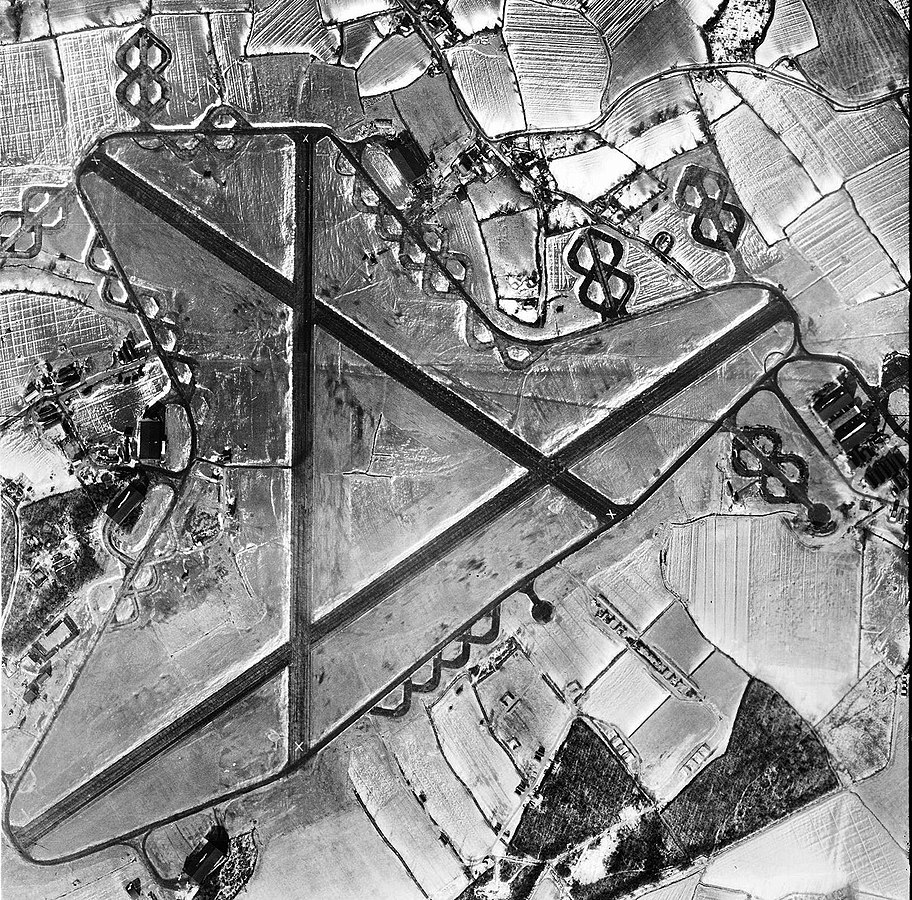
Post-war, the Civil Aviation Authority took charge, overseeing the transformation of the site into a bustling civilian airport.
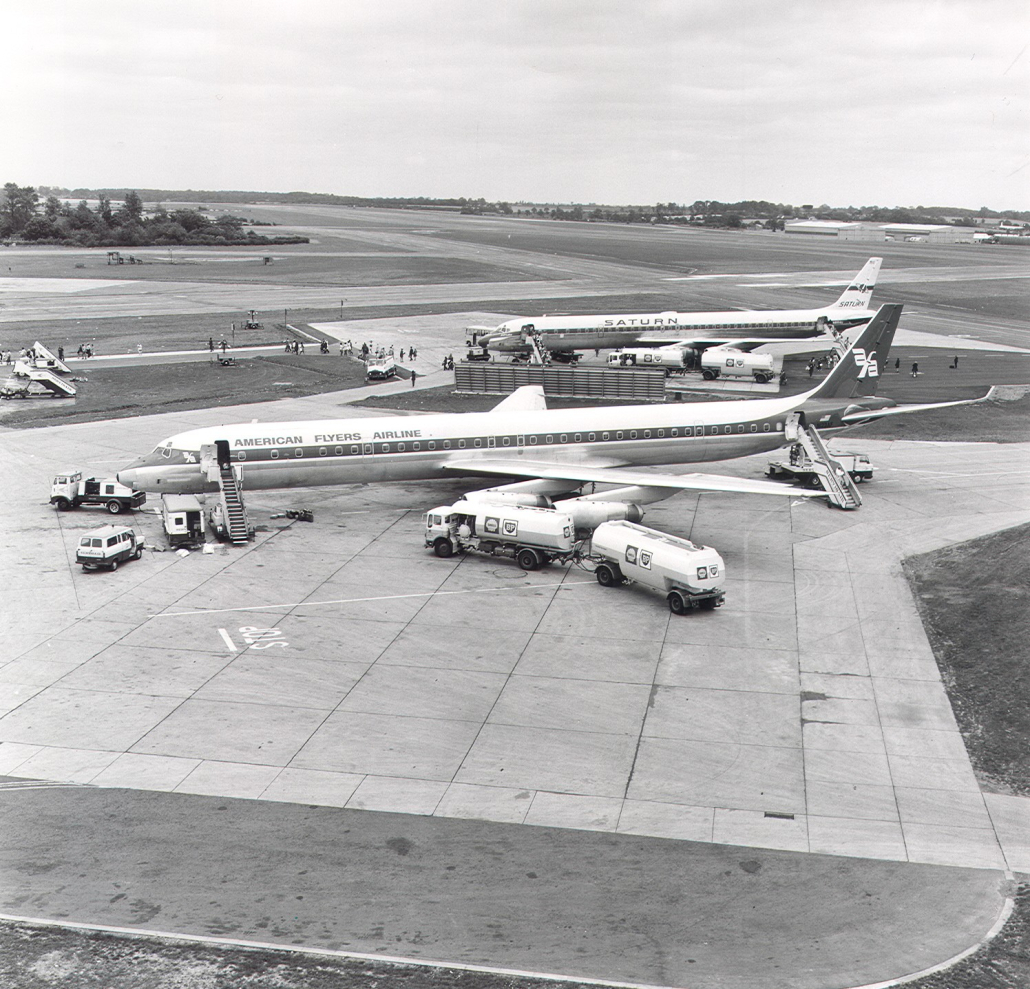
Today, London Stansted thrives as the hub for prominent airlines like Ryanair, Jet2.com, and Emirates, boasting an expansive network of over 200 destinations spanning Europe and the Middle East.
Emerging as London’s third-busiest aviation gateway, the airport welcomes in excess of 26 million passengers annually.
Retaining its steadfast ties to the United States, Stansted’s runway has embraced the presence of Air Force One and several U.S. Presidents on seven momentous occasions since 2008, signifying enduring bonds between nations.
A testament to modern progress, the runway, which received a substantial extension in the 1950s to its present length of 3,048 meters, recently underwent an extensive refurbishment. Over the course of an ambitious five-month endeavor, engineers meticulously laid 50,000 tonnes of asphalt while replacing 700 runway lights with energy-efficient LEDs.
Reflecting on this momentous occasion, Gareth Powell, the Managing Director of London Stansted, remarked,
Stansted’s legacy hails from a pivotal era, with its wartime contributions and the evolution into a vibrant aviation hub. Today, we stand proud, acknowledging the profound impact of those early endeavors that have culminated in the thriving Stansted Airport we embrace today. The vision of US Engineers, unbeknownst to them at the time, laid the foundation for an iconic terminal that now serves millions of passengers annually.
Celebrating this illustrious 80-year journey, the airport has launched an engaging social media competition, inviting participants to vie for the chance to secure £800 in travel vouchers, an ideal way to explore the diverse tapestry of destinations that this historic runway now connects.
For further information and to participate, follow London Stansted on social media and join in the celebration of eight decades of aviation excellence.
